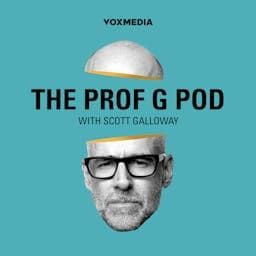The ETF space tends to innovate in waves. First came plain vanilla cap-weighted index funds. Next came factor investing, utilizing academic research to create indexes with much more pinpointed exposures. After nearly three decades, the revolution in actively-managed equity ETFs is finally here. From its Magellan Fund of Peter Lynch fame in the 1980s to the Will Danoff-run Contrafund today, Fidelity has been a pioneer of active fund management on a grand scale. Among the first to roll out alpha-seeking active equity ETFs, Fidelity head of ETF Strategy Greg Friedman joins Let's Talk ETFs and gives investors a crash course in exactly what to expect from these new, yet familiar, products.
2:45: Fidelity’s new active, semi-transparent ETFs: The next chapter in the natural evolution of ETF development
6:30: Fidelity’s unique research process
8:30: Fidelity’s success as a brokerage platform
11:00: Why isn’t front-running a concern in the active fixed income space?
13:30: What does factor investing look like in the fixed income space to Fidelity?
17:45: How does Fidelity think about factor investing when it comes to equity investing?
20:30: Active, semi-transparent ETFs: The “Fidelity model” explained
29:00: Relative to mutual funds, can investors expect lower expenses on Fidelity's new active, semi-transparent equity ETFs?
31:00: Can investors expect these products to be more tax efficient than traditional mutual funds?
33:15: Fidelity Blue Chip Value ETF (FBCV) and Fidelity Blue Chip Growth ETF (FBCG)
35:30: Fidelity New Millennium ETF (FMIL)
36:30: What's Fidelity’s larger strategy in the active, semi-transparent equity ETF space?
Learn more about your ad choices. Visit megaphone.fm/adchoices






































